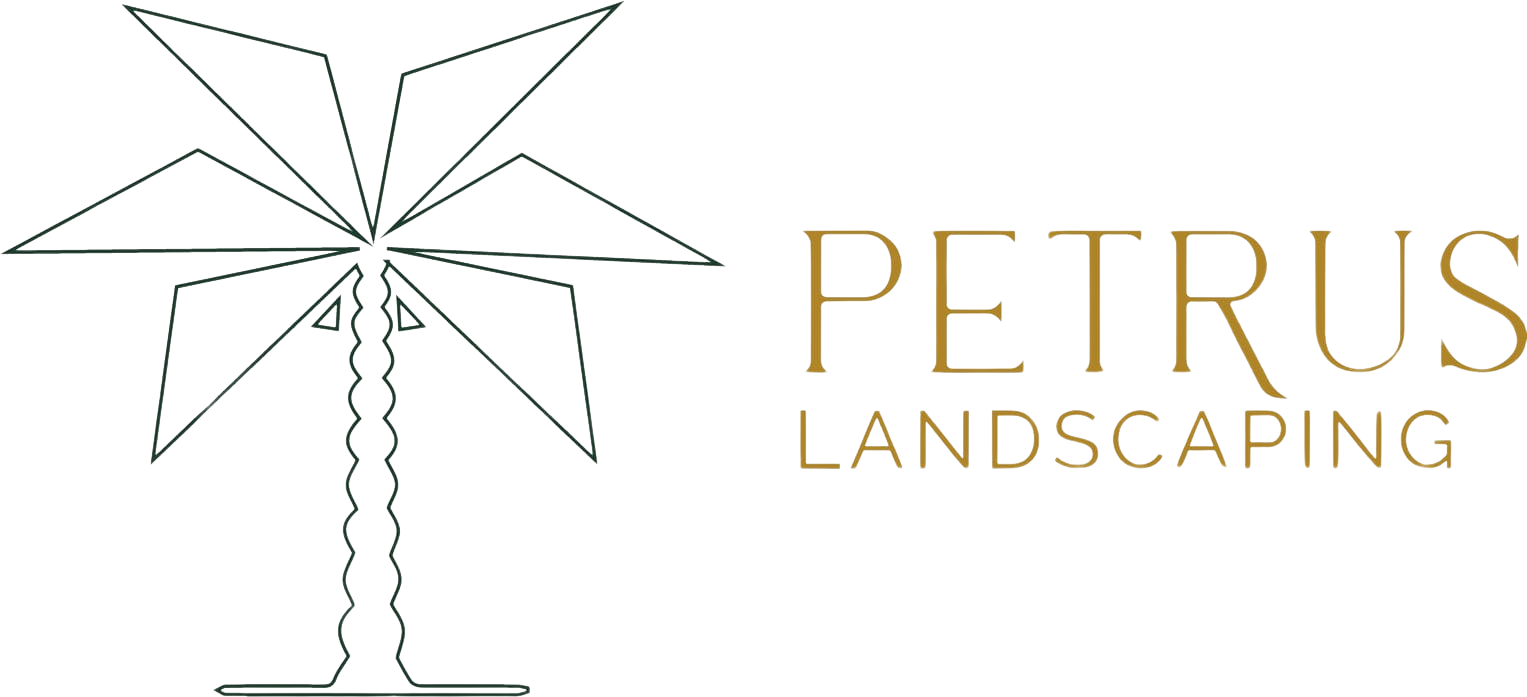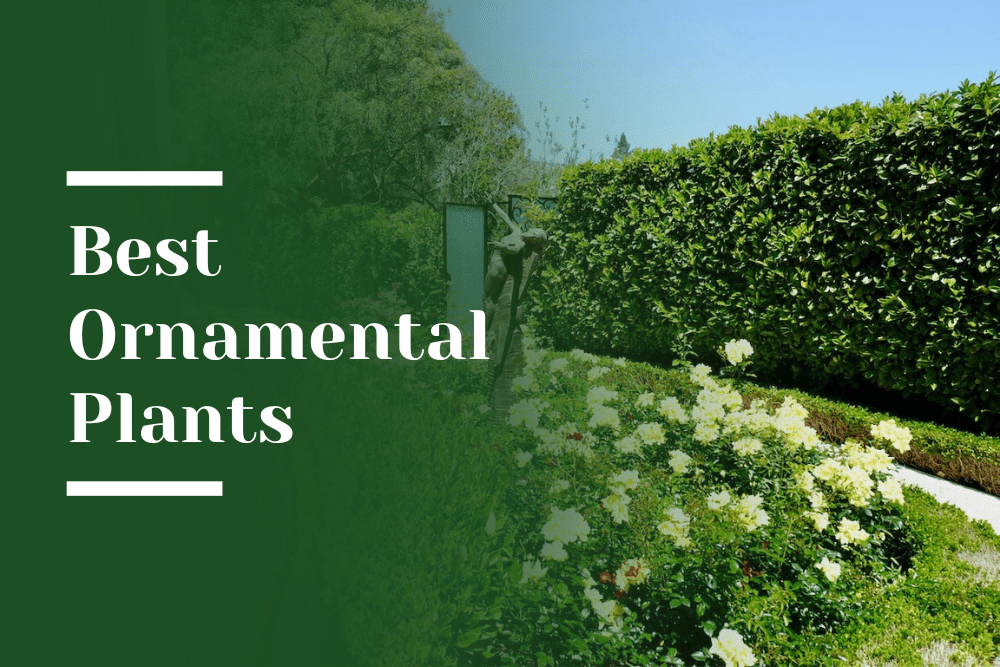What are ornamental plants?
Ornamental plants, also referred to as garden plants, enhance the beauty of a garden, with nearly all plants falling into this category. They come in a wide variety of shapes, sizes, colors, and textures, making them versatile choices for landscaping. Ornamental plants are integral to luxury landscaping, offering a diverse range of options to enhance outdoor spaces. They encompass flowering plants, foliage plants, succulents, cacti, ornamental grasses, and more.
When planning the luxury landscape design, it is crucial to decide which ornamental plants will best complement the Bay Area climate. Let’s explore the types and factors to consider when selecting ornamental plants for the Bay Area.
Types of Ornamental Plants
A. Flowering Plants
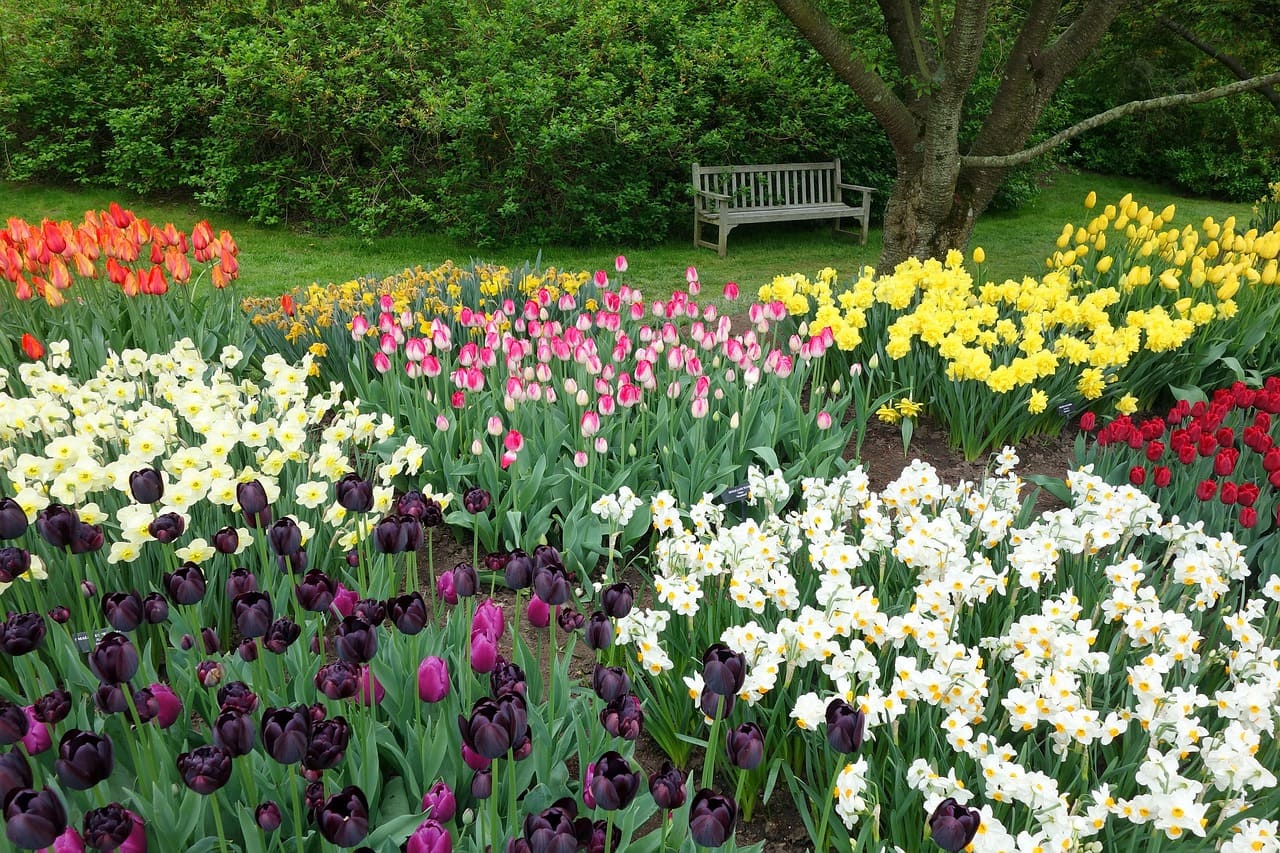
1. Annuals
Annuals are plants that complete their life cycle in one growing season, typically flowering profusely during that time. They are popular for their vibrant blooms and continuous color throughout the season. Some common annuals include petunias, marigolds, and zinnias. Annuals are versatile and can be used in beds, borders, containers, and hanging baskets.
2. Perennials
Perennials are plants that return year after year, often growing larger and producing more flowers with each passing season. Unlike annuals, perennials do not need to be replanted each year, making them a cost-effective choice for long-term landscaping. Examples of perennials include daylilies, hostas, and coneflowers.
3. Bulbs
Bulbs are underground storage organs that produce flowers. They are planted in the fall and bloom in the spring or summer, adding bursts of color to the garden. Common bulb varieties include tulips, daffodils, and hyacinths. Bulbs are easy to plant and care for, making them a popular choice for both beginner and experienced gardeners.
B. Foliage Plants
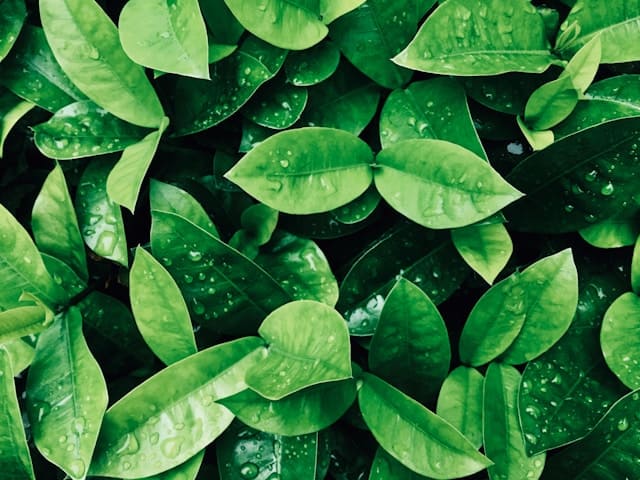
1. Shrubs
Shrubs are woody plants with multiple stems and foliage that can add structure and texture to the landscape. They come in various sizes, shapes, and colors, making them suitable for a wide range of garden styles. Popular shrubs include boxwood, azaleas, and hydrangeas.
2. Trees
Trees are tall, woody plants with a single main stem or trunk and a crown of branches and leaves. They provide shade, privacy, and habitat for wildlife, making them essential components of any landscape. Common trees for landscaping include maple, oak, and dogwood.
3. Vines
Vines are climbing or trailing plants that can add vertical interest to the garden. They can be trained to climb trellises, arbors, fences, or walls, creating a lush, green backdrop or focal point. Popular vine species include clematis, wisteria, and jasmine.
C. Succulents and Cacti
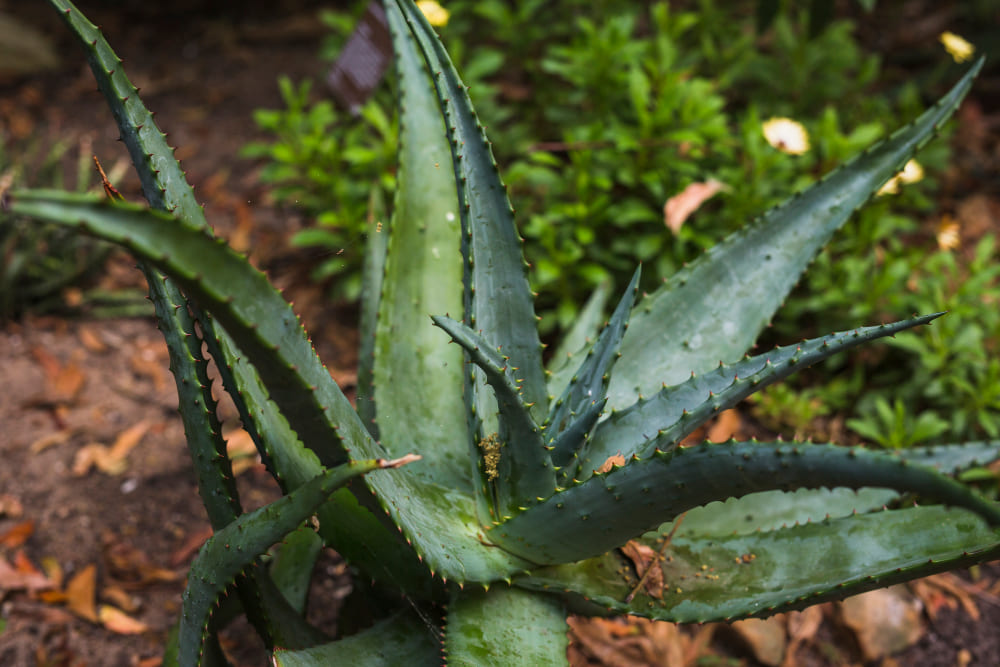
1. Succulents
Succulents are fleshy plants that store water in their leaves, stems, or roots, allowing them to survive in arid conditions. They come in a wide range of shapes, sizes, and colors, making them popular choices for indoor and outdoor gardens. Common succulents include aloe, echeveria, and sedum.
2. Cacti
Cacti are succulent plants adapted to hot, dry climates, known for their distinctive spines and unique shapes. They require minimal water and maintenance, making them ideal for xeriscaping or low-water gardens. Popular cactus varieties include barrel cactus, prickly pear, and saguaro.
3. Ornamental Grasses
Ornamental grasses are grass-like plants valued for their texture, movement, and drought tolerance. They come in a variety of sizes and shapes, from low-growing groundcovers to tall, upright specimens. Ornamental grasses can be used as accents, borders, or mass plantings in both formal and informal landscapes. Common varieties include fountain grass, maiden grass, and switchgrass.
Ornamental Plants that thrive in the Bay Area climate:
1. Lavender (Lavandula spp.)
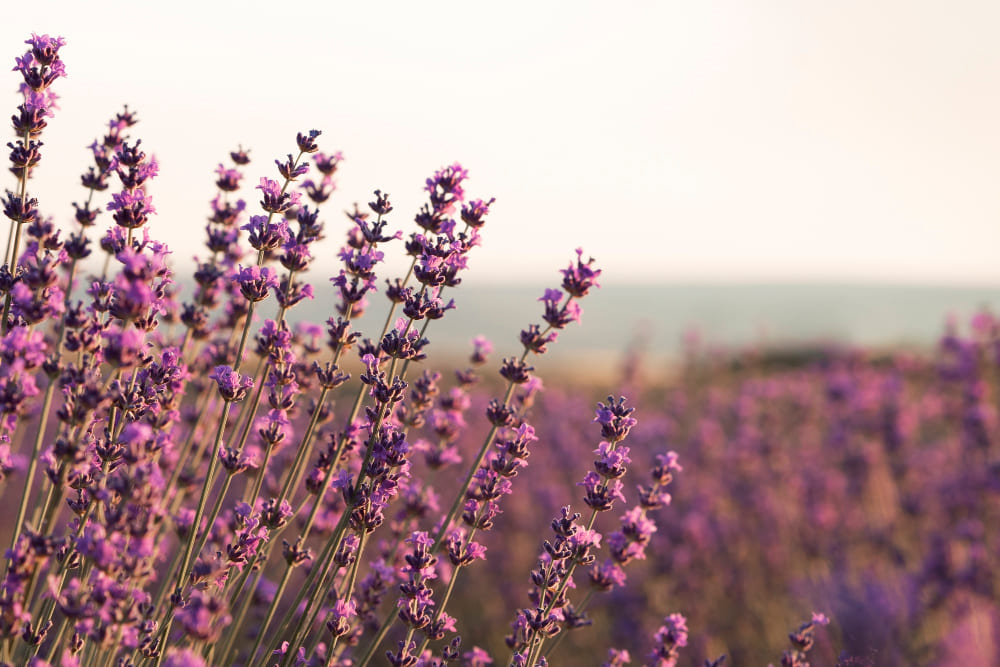
Known for its fragrant flowers and aromatic foliage, lavender is well-suited to the Bay Area’s Mediterranean climate. It prefers full sun and well-drained soil and is drought-tolerant once established.
Climate: Thrives in the Bay Area’s Mediterranean climate, characterized by dry summers and mild winters.
Hardiness Zones: Typically suited for hardiness zones 8-10.
Sunlight and Shade Requirements: Prefers full sun for optimal growth and flowering.
Soil Conditions: Requires well-drained soil with good drainage to prevent root rot.
Watering Needs: Drought-tolerant once established, requiring minimal watering.
Maintenance Requirements: Prune after flowering to maintain shape and encourage bushy growth.
2. California Poppy (Eschscholzia californica)
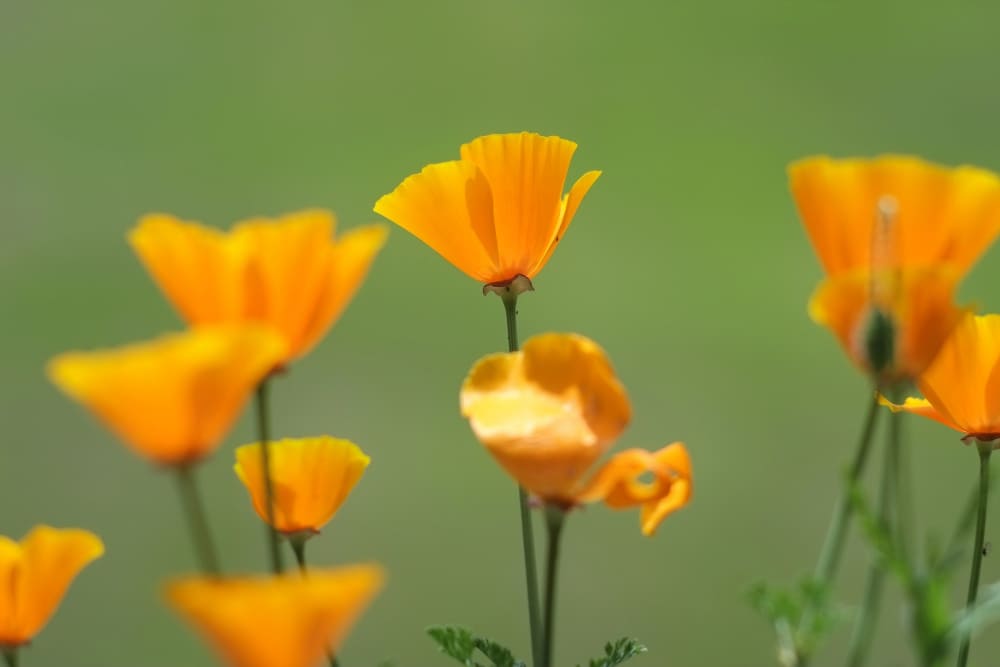
The California poppy is the state flower of California and thrives in the Bay Area’s dry summers and mild winters. Its vibrant orange, yellow, or pink flowers add a splash of color to gardens and landscapes.
Hardiness Zones: Suitable for hardiness zones 6-10.
Sunlight and Shade Requirements: Thrives in full sun but can tolerate some partial shade.
Soil Conditions: Prefers well-drained soil with moderate fertility.
Watering Needs: Drought-tolerant once established, requiring minimal watering.
Maintenance Requirements: Deadhead spent flowers to promote continuous blooming.
3. Salvia (Salvia spp.)
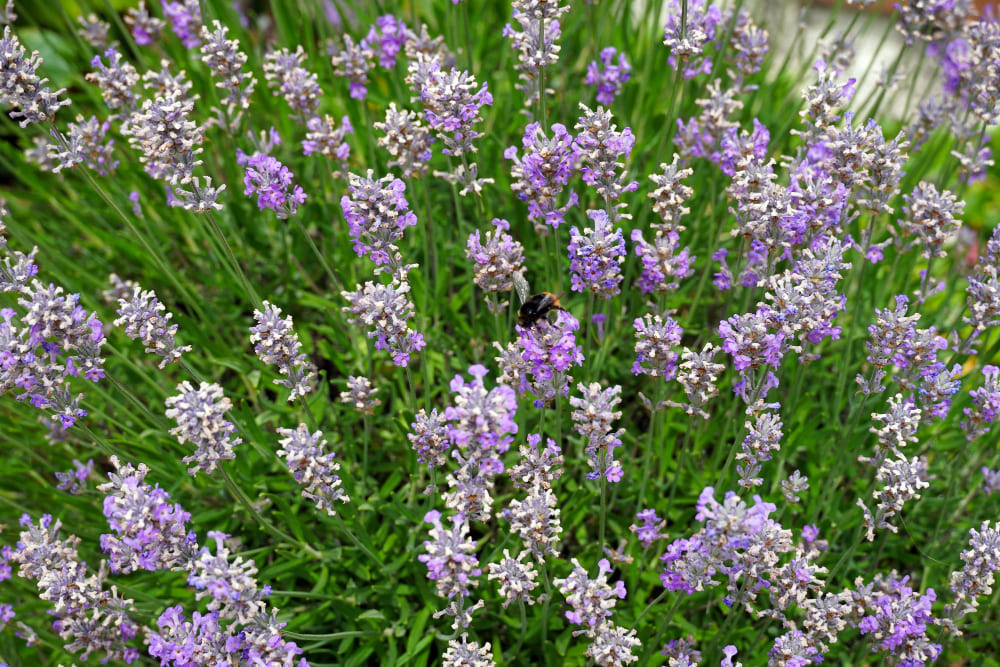
Salvia species, such as Salvia leucantha (Mexican bush sage) and Salvia greggii (Autumn sage), are drought-tolerant perennials that attract pollinators with their colorful blooms. They prefer full sun and well-drained soil.
Hardiness Zones: Suited for hardiness zones 5-10, depending on the species.
Sunlight and Shade Requirements: Prefers full sun but can tolerate partial shade.
Soil Conditions: Requires well-drained soil and is tolerant of various soil types.
Watering Needs: Moderate water needs; avoid overwatering to prevent root rot.
Maintenance Requirements: Prune back in late winter or early spring to promote new growth.
4. Agapanthus (Agapanthus spp.)
Also known as lily of the Nile, agapanthus is a popular choice for Bay Area gardens due to its striking blue or white flowers and evergreen foliage. It thrives in partial shade to full sun and well-drained soil.
Hardiness Zones: Suitable for hardiness zones 6-10, depending on the variety.
Sunlight and Shade Requirements: Prefers full sun to partial shade.
Soil Conditions: Well-drained soil is essential; avoid waterlogged conditions.
Watering Needs: Moderate watering during the growing season; reduce watering in winter.
Maintenance Requirements: Remove spent flower stalks and dead foliage to maintain appearance.
5. Dwarf Citrus Trees
Dwarf citrus trees, including lemons, limes, and oranges, thrive in the Bay Area’s Mediterranean climate. They prefer full sun and well-drained soil and are well-suited to container gardening.
Hardiness Zones: Typically suited for hardiness zones 9-11.
Sunlight and Shade Requirements: Requires full sun for optimal fruit production.
Soil Conditions: Well-drained, slightly acidic soil is ideal.
Watering Needs: Regular watering, especially during hot weather; avoid waterlogged soil.
Maintenance Requirements: Prune to shape and remove dead or diseased branches as needed.
6. Japanese Maple (Acer palmatum)
Japanese maples are prized for their elegant foliage and stunning fall colors. They prefer partial shade and shelter from hot afternoon sun, making them an excellent choice for Bay Area gardens.
Hardiness Zones: Suitable for hardiness zones 5-9, depending on the variety.
Sunlight and Shade Requirements: Partial shade to filtered sunlight; protection from hot afternoon sun.
Soil Conditions: Well-drained, acidic soil with good moisture retention.
Watering Needs: Regular watering to keep soil consistently moist but not waterlogged.
Maintenance Requirements: Prune in late winter to early spring to shape and remove dead wood.
7. Dwarf Oleander (Nerium oleander)
Dwarf varieties of oleander are compact, evergreen shrubs that produce colorful flowers throughout the summer. They are drought-tolerant once established and thrive in full sun.
Climate: Well-adapted to the Bay Area’s Mediterranean climate.
Hardiness Zones: Suited for hardiness zones 8-10.
Sunlight and Shade Requirements: Requires full sun for best flowering; tolerates partial shade.
Soil Conditions: Well-drained soil with average fertility.
Watering Needs: Drought-tolerant once established; water deeply but infrequently.
Maintenance Requirements: Prune to remove dead or damaged branches and promote bushy growth
8. Succulents
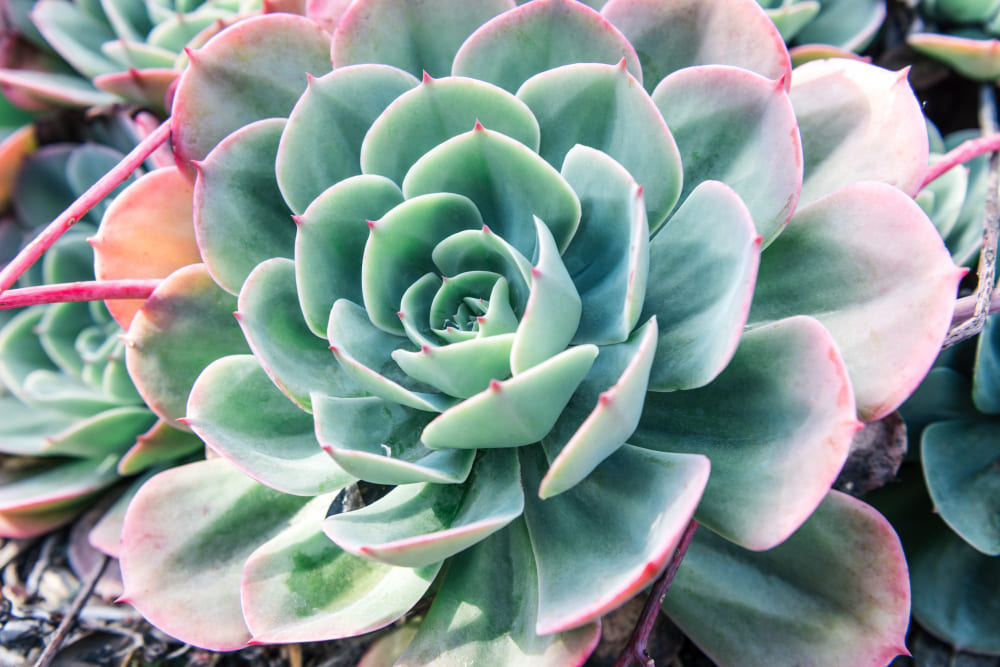
Succulents, such as aeoniums, echeverias, and sedums, are well-suited to the Bay Area’s dry summers and mild winters. They come in a variety of shapes, sizes, and colors and are ideal for low-water landscapes.
Hardiness Zones: Suited for hardiness zones 9-11.
Sunlight and Shade Requirements: Prefers full sun but can tolerate some shade.
Soil Conditions: Well-drained soil mix tailored for succulents and cacti.
Watering Needs: Low water requirements; allow soil to dry out between waterings.
Maintenance Requirements: Minimal maintenance; remove dead leaves and control pests as needed.
9. Rosemary (Rosmarinus officinalis)
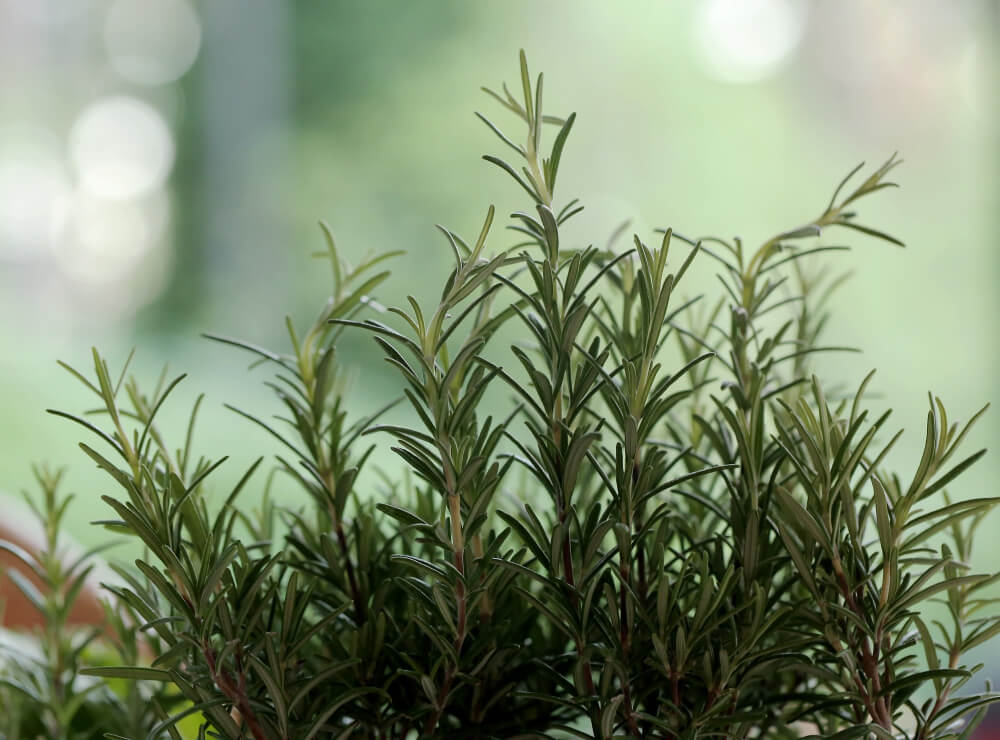
Rosemary is a versatile herb that thrives in the Bay Area’s Mediterranean climate. It produces fragrant foliage and delicate blue flowers and is drought-tolerant once established.
Hardiness Zones: Suitable for hardiness zones 7-10.
Sunlight and Shade Requirements: Requires full sun for best growth and flavor.
Soil Conditions: Well-drained soil with good drainage.
Watering Needs: Drought-tolerant once established; water sparingly.
Maintenance Requirements: Prune regularly to maintain shape and encourage new growth.
10. Grevillea (Grevillea spp.)
Grevilleas are drought-tolerant shrubs native to Australia that produce showy flowers in a range of colors. They prefer full sun and well-drained soil and attract birds and pollinators to the garden.
Hardiness Zones: Suited for hardiness zones 9-11.
Sunlight and Shade Requirements: Requires full sun for optimal flowering.
Soil Conditions: Well-drained soil with low to moderate fertility.
Watering Needs: Drought-tolerant once established; water deeply but infrequently.
Maintenance Requirements: Prune after flowering to promote bushy growth and remove dead wood.
These ornamental plants offer a range of options for luxury landscaping in the Bay Area, with each species adapted to specific climate, sunlight, soil, and maintenance requirements. Make the right choice by selecting the right plants for your garden and providing proper care, you can create a beautiful and thriving landscape that enhances your Bay Area’s outdoor space.
